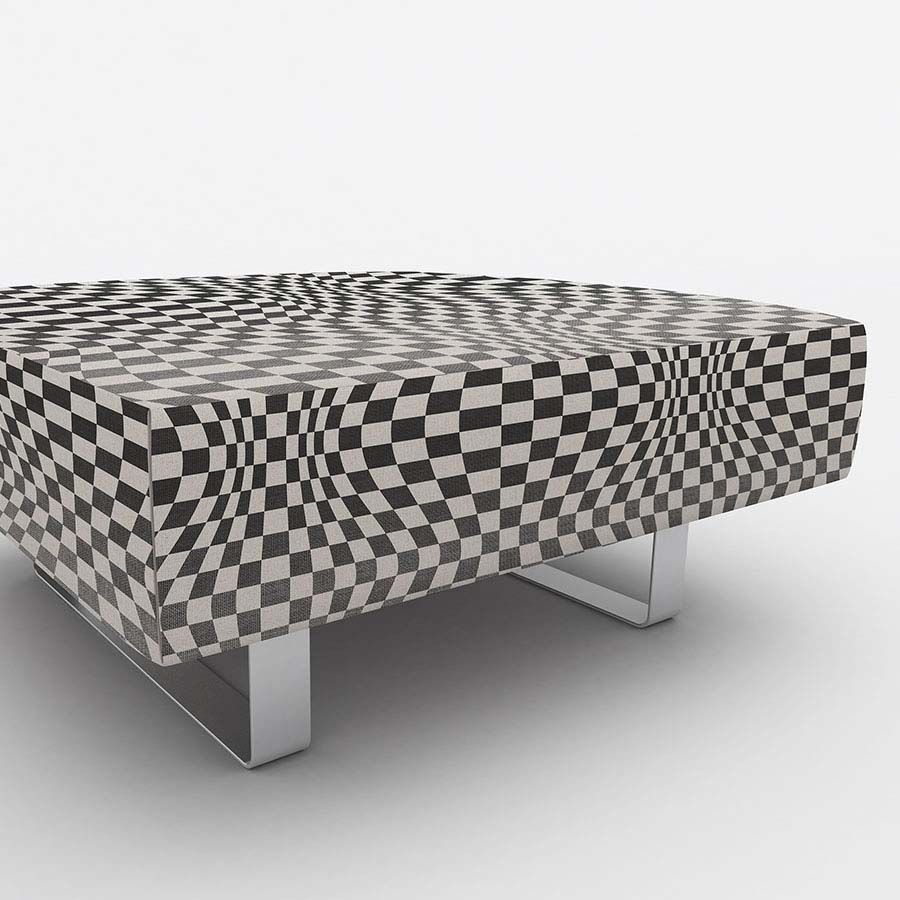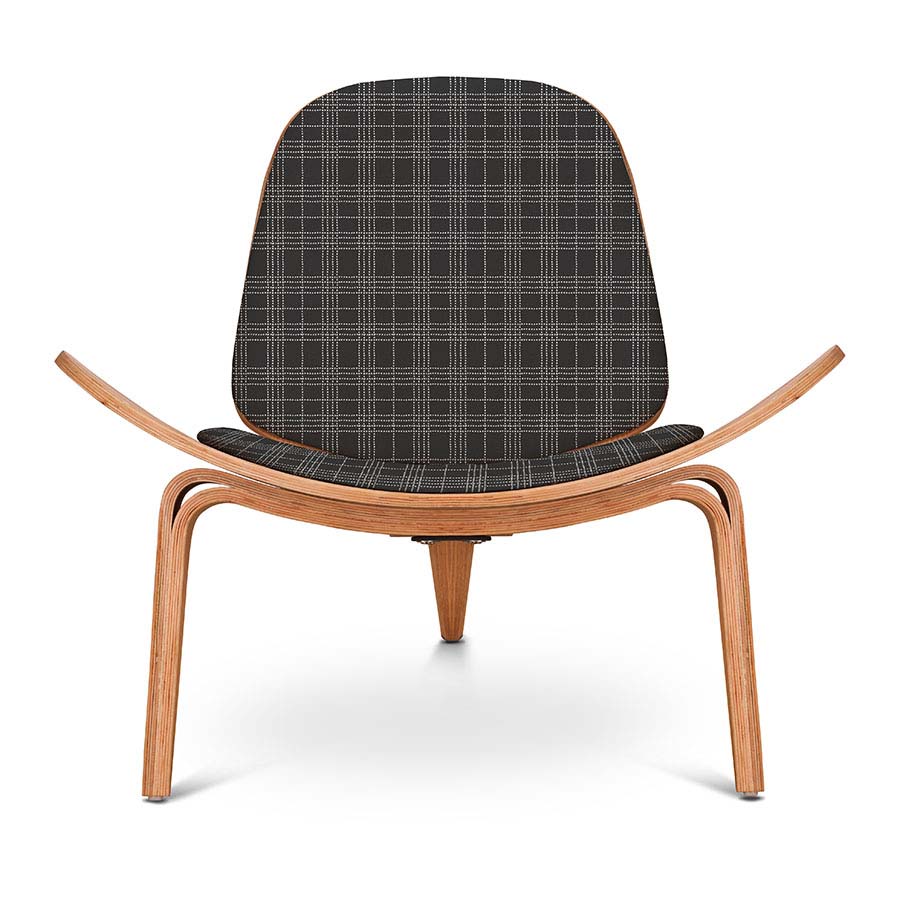
Black: A Timeless and Elegant Design Staple
The color black is often considered a staple in design – although it’s technically not a color at all. It is achromatic – meaning “without color,” and absorbs all the colors on the visible light spectrum. Despite this, designers treat it as a color and use it in a variety of ways throughout interior design.
Color Meaning
The color black contains a wide range of associations and meanings depending on context and changes throughout history. Black is a symbol of elegance, wealth, power, mystery, strength, spirituality, and sophistication. It is often considered a classic and timeless color in art, fashion, and design. However, there are darker associations as well, such as the color of death, mourning, fear, sadness, and aggression. However, for many, the meaning associated with the color black is often influenced by the colors it is paired with. For instance, with gold it is seen as luxurious and elegant, while with red, it is viewed as dramatic.
The Color Black Throughout History
Black is considered to be the first pigment used by artists. It can be traced back to prehistoric art pieces, such as the famous charcoal paintings from the Lascaux Caves in France, created around 15,000 BCE. Later, it was the first pigment used by book printers made from soot, turpentine, and walnut oil to create ink. When high-quality dyes became more readily accessible, the color was worn by various individuals with authority and often considered a color of purity, donned by magistrates and government officials. Although it is often associated with death, it is thought that black began its connection with mourning in Western culture with Queen Victoria. She famously wore it for the remainder of her life after the death of her husband, Prince Albert.
In 1926 Coco Chanel debuted the “Little Black Dress.” This fashion staple rose to popularity because it was elegant, easy to wear, and accessible to the middle class. This dress style gained further popularity when Audrey Hepburn wore a LBD designed by Givenchy in Breakfast at Tiffany’s. In modern history, various pigments of this hue continue to be developed, including Vantablack, a “super-black” coating developed by Surrey NanoSystems in 2014, which absorbs 99.965% of light, making it the blackest pigment ever created.
Designing with Black
Black is often treated as a neutral in interior design since it can be paired with anything. However, when incorporating it into a space, it is important to consider the amount of natural light that will enter the environment. Using it in large amounts makes spaces feel small, cozy, and intimate. However, in the absence of natural light, this can cause the space to feel a bit claustrophobic. Black is a signature color in minimalist design, often being used as an accent color to highlight the architectural elements of the space (think window trim, for example). It can also be incorporated into spaces in a variety of textures to add further depth and interest to the room’s design.
The shade is important as well – influencing the other shades that will pair best with the color in certain spaces. For example, black with blue undertones has a calming effect. This shade is best used as an accent color in bedrooms or living spaces. The color black is an appropriate choice to incorporate into any commercial design project. In particular, it works well in modern design spaces or sophisticated/elevated environments.
If you want to use black in your next commercial interior, search our licensable library by color. And don’t forget, we can match any reference you have if you don’t see the perfect shade.
Additional Reading:
Looking to learn a little more? Check out some of our suggested additional reading below!
The Secret History of the Color Black by Maude Bass-Krueger, Google Arts & Culture
The Dynamic Role of Black in Aesthetics and Interiors by Stefan Gheorghe, Homedit
Is Black a Color? by Chiana Dickson, Homes & Gardens
Share this post
Author
DESIGN/COLOR TRENDS AND AWESOME INFORMATION IN YOUR INBOX
Sign up for our monthly trend letter






